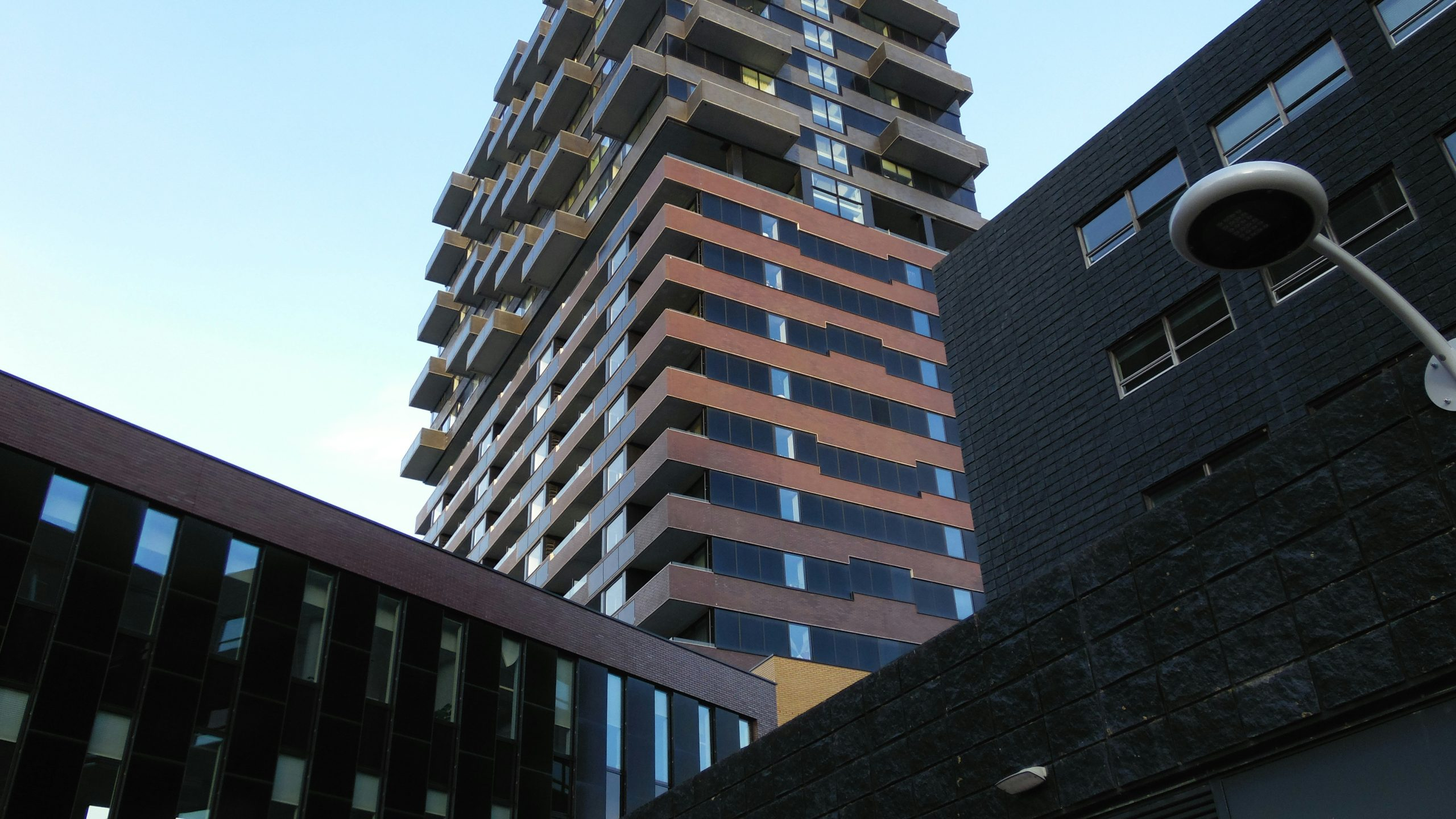Unlocking the Secrets of Successful Sustainable Housing
Sustainable housing has become a hot topic in recent years, as more and more people are becoming aware of the impact of our actions on the environment. With the ever-increasing threat of climate change, it is imperative that we start making changes to our daily lives to reduce our carbon footprint and preserve our planet for future generations. One significant step towards this goal is the concept of sustainable housing.
What is Sustainable Housing?
Sustainable housing refers to the construction and design of homes that are environmentally friendly, socially responsible, and economically viable. It is essentially a way of building homes that meet our current needs without compromising the ability of future generations to meet their own needs.
But what does this actually mean? Simply put, sustainable housing is built using materials and methods that minimize the negative impact on the environment. It also takes into account the well-being of the people who live in these homes, as well as the affordability and economic viability of the housing itself.
The Four Pillars of Sustainable Housing
To truly understand the concept of sustainable housing, we need to break it down into its four main pillars:
1. Environmentally Friendly
The first pillar of sustainable housing is its environmental impact. This includes factors such as energy usage, water conservation, waste management, and the use of sustainable materials. Sustainable homes are designed to be highly energy efficient, reducing their reliance on fossil fuels and lowering their carbon footprint. They also incorporate water-saving features such as low-flow faucets and toilets, as well as systems for collecting and reusing rainwater. Additionally, sustainable homes prioritize the use of renewable or recycled materials, reducing the depletion of natural resources.
2. Socially Responsible
Sustainable housing also takes into account the well-being of the people who live in these homes. This includes aspects such as indoor air quality, natural lighting, and overall comfort. Sustainable homes are designed to provide a healthy and comfortable living environment for residents, ensuring their physical and mental well-being. They also consider the surrounding community, aiming to minimize the impact of the construction and operation of these homes on the environment and its inhabitants.
3. Economically Viable
A common misconception about sustainable housing is that it is expensive. While it is true that sustainable materials and technologies may have a higher upfront cost, they ultimately lead to significant savings in the long run. Sustainable homes are highly energy-efficient, reducing utility costs for residents. They also incorporate low-maintenance features, reducing the cost of repairs and replacements. Additionally, with the growing demand for sustainable housing, it is becoming more affordable as the market grows.
4. Resilient
The final pillar of sustainable housing is its resilience. With the increase in extreme weather events and natural disasters, it is essential to design and build homes that can withstand these challenges. Sustainable housing incorporates features such as reinforced building materials, improved insulation, and backup energy systems. They are designed to be able to adapt to the changing environment, ensuring the safety and well-being of its residents.
The Benefits of Sustainable Housing
Unlocking the secrets of successful sustainable housing can bring numerous benefits, not only for the environment but also for homeowners themselves. Some of the key advantages include:
1. Lower Energy Costs
As mentioned, sustainable homes are designed to be highly energy-efficient. This means lower utility bills for residents, saving them money in the long run.
2. Better Indoor Air Quality
By using sustainable materials and incorporating proper ventilation systems, sustainable homes provide better indoor air quality for its residents. This leads to a healthier living environment, especially for those with respiratory issues.
3. Reduced Carbon Footprint
Sustainable housing plays a crucial role in reducing our carbon footprint and combatting climate change. By using renewable energy sources and green building practices, these homes significantly reduce their impact on the environment.
4. Increased Property Value
Sustainable housing is becoming increasingly popular, and as a result, it is also increasing in value. Having a sustainable home can add resale value and make it more attractive to potential buyers in the future.
Unlocking the Secrets to Successful Sustainable Housing
So, what does it take to create a successful sustainable home? While there is no secret formula, here are some key elements to consider:
1. Passive Design
Sustainable homes are designed with careful consideration of the local climate, topography, and natural light. Passive design techniques, such as orienting the home to maximize natural light and ventilation, can significantly reduce energy usage and increase comfort.
2. Sustainable Materials
One of the most important aspects of sustainable housing is the materials used in its construction. Choosing sustainable materials, such as bamboo, reclaimed wood, and recycled plastic, can significantly reduce the environmental impact of a home.
3. Energy-Efficient Systems
In addition to passive design, sustainable homes also utilize energy-efficient systems such as solar panels, geothermal heating and cooling, and LED lighting. These technologies may have a higher upfront cost, but they pay off in the long run.
4. Efficient Use of Space
Sustainable homes are designed to make the most out of every inch of space. By incorporating features such as built-in storage and multifunctional rooms, these homes can maximize living space while minimizing their environmental impact.
In Conclusion
Sustainable housing is the way of the future. By understanding and implementing its principles, we can create a more sustainable world for ourselves and for generations to come. While it may seem daunting at first, unlocking the secrets of successful sustainable housing is a crucial step towards a greener, healthier, and more prosperous future.










